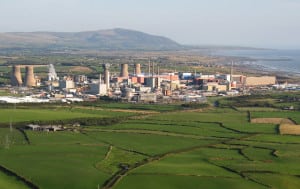
MANCHESTER, England — Transparency will be the focus as the U.K. government tries to avoid failing for a third time to build a geologic disposal facility (GDF) for high-level radioactive waste, an official with the U.K. Nuclear Decommissioning Authority…